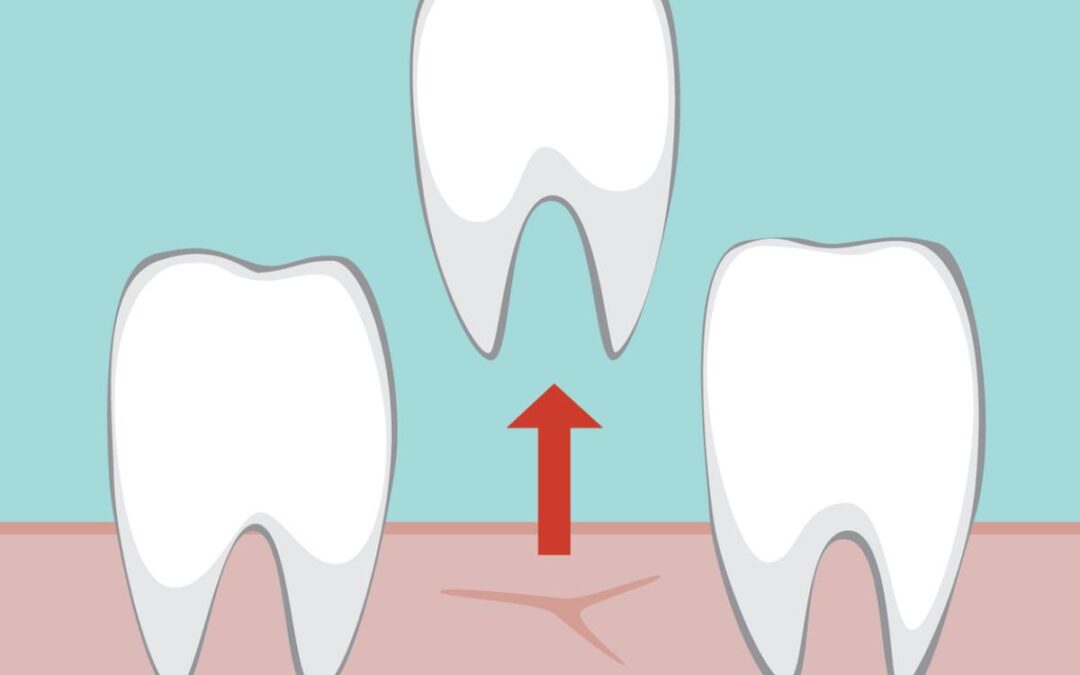Dental emergencies are never fun, nor are they ever expected. When you are faced with a sudden injury, or your tooth decay has become too severe, it is important to see your local dentist as soon as you can. With some luck, you will be able to save your injured tooth with a restorative procedure such as a root canal or crowns. But is a tooth extraction painful?
Is a Tooth Extraction Painful?
However, there are some cases where the tooth is too far damaged for repair. When this happens, tooth extraction is the only option left to save your dental health and spare the rest of your teeth. This may lead to some scary questions such as, “Is a tooth extraction painful?”, and “How long does recovery take?” In this article, our friendly dental team will explain the extraction process so you can schedule your next appointment with more confidence and less fear.
What Is a Tooth Extraction?
A tooth extraction occurs when the dentist needs to pull your tooth out after injury or infection. This means that your tooth will be completely removed from your mouth, leaving behind a gap that can be filled with an implant or dental bridge.
During the procedure, you will receive anesthesia to numb the treatment area. You will not feel any hurt or discomfort throughout the process, so you can be at ease knowing that you do not have to worry about sudden or intense pain. The dentist will use extraction tools to remove the entirety of your tooth, pulling it from the socket. Even the roots must come out. With the source of infection gone, this procedure effectively stops the spread of bacteria and decay.
Types of Sedation During Tooth Extraction
The dentist will make sure that you are as comfortable as possible throughout the entire in-office procedure. Depending on your level of sensitivity, local or sedation anesthesia may be used. Local anesthesia only numbs the treatment area, leaving the rest of your body alert and your mind awake. This is a good option for patients who only experience mild sensitivity and are numb enough for the procedure.
Anyone in need of additional sedation can opt for sedation anesthesia, which is akin to total anesthesia. This is similar to the anesthesia you would get during a surgical operation. While you are visiting with the dentist, you will receive anesthesia that makes you feel numb throughout your entire body. You might receive a nitrous oxide gas, which makes you feel sleepy and maybe even a little loopy throughout the procedure. Others will get general anesthesia for extreme cases of sensitivity, where your entire body will be unconscious throughout the duration of the procedure. Depending on your needs, you will receive the best type of sedation for your care.
Recovering from a Tooth Extraction
After the procedure is complete, the anesthesia will start to wear off. During the initial stages of the recovery process, you might start to feel some soreness and discomfort around the treatment area. It is normal to feel this way at the beginning since your mouth has just undergone an incisive treatment. You may be swollen or tender for a day or two following your treatment.
After 72 hours, you should feel mostly recovered from your tooth extraction. The pain and swelling should subside, though if it is still bothering you, it is a good idea to get back in touch with your dentist for a quick follow-up. It is possible that you are suffering from dry socket, which is a condition that occurs when the blood in your wound does not clot. For the most part, recovery should be a short and straightforward process.
Make a Tooth Extraction Appointment
We work to improve your standards and safety practices to give you the most comfortable experience possible. While tooth extractions are a last-ditch option, we offer them with the greatest chances of success for your future of good oral health.
If you are struggling with injury or infection, you can get in touch with our tooth extraction experts today and sign up for an appointment at your earliest convenience.


